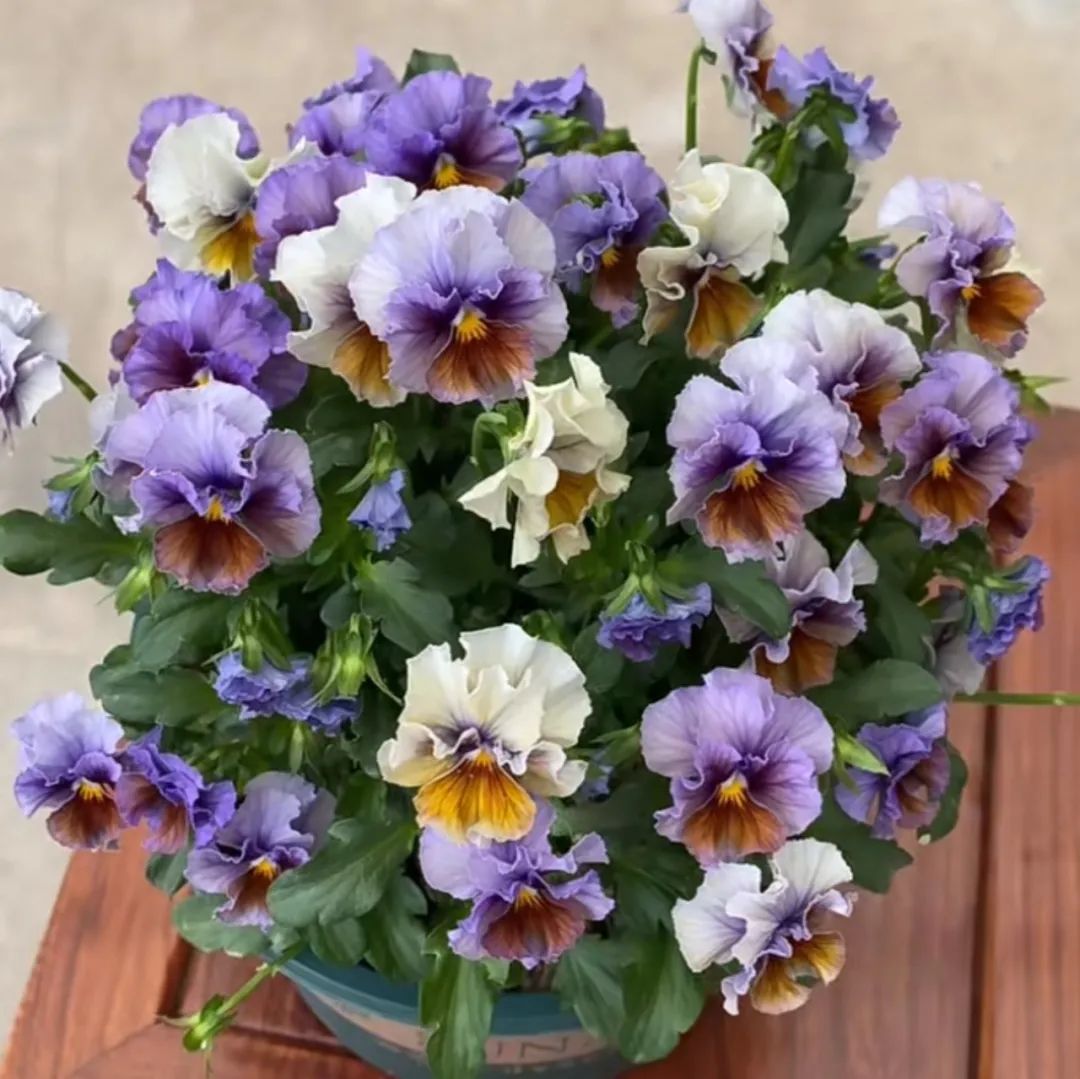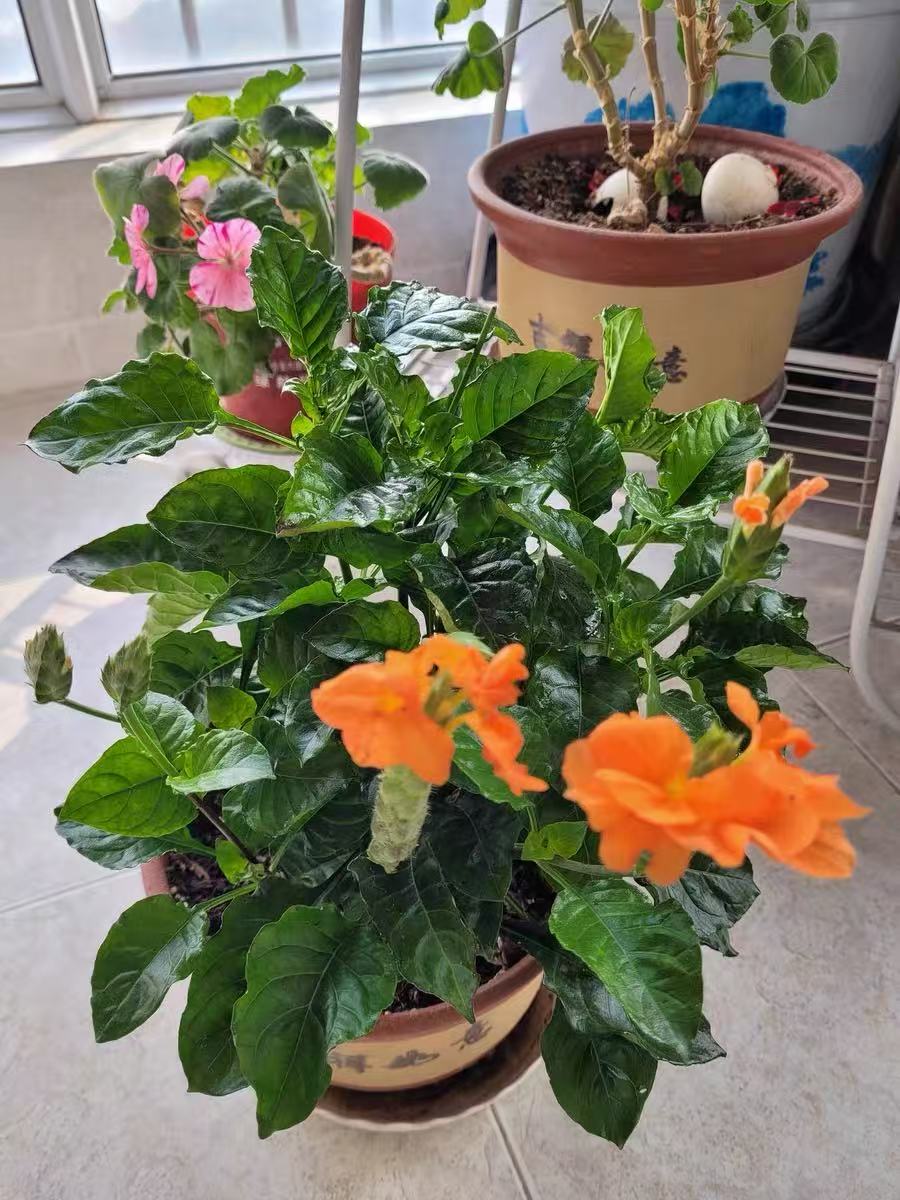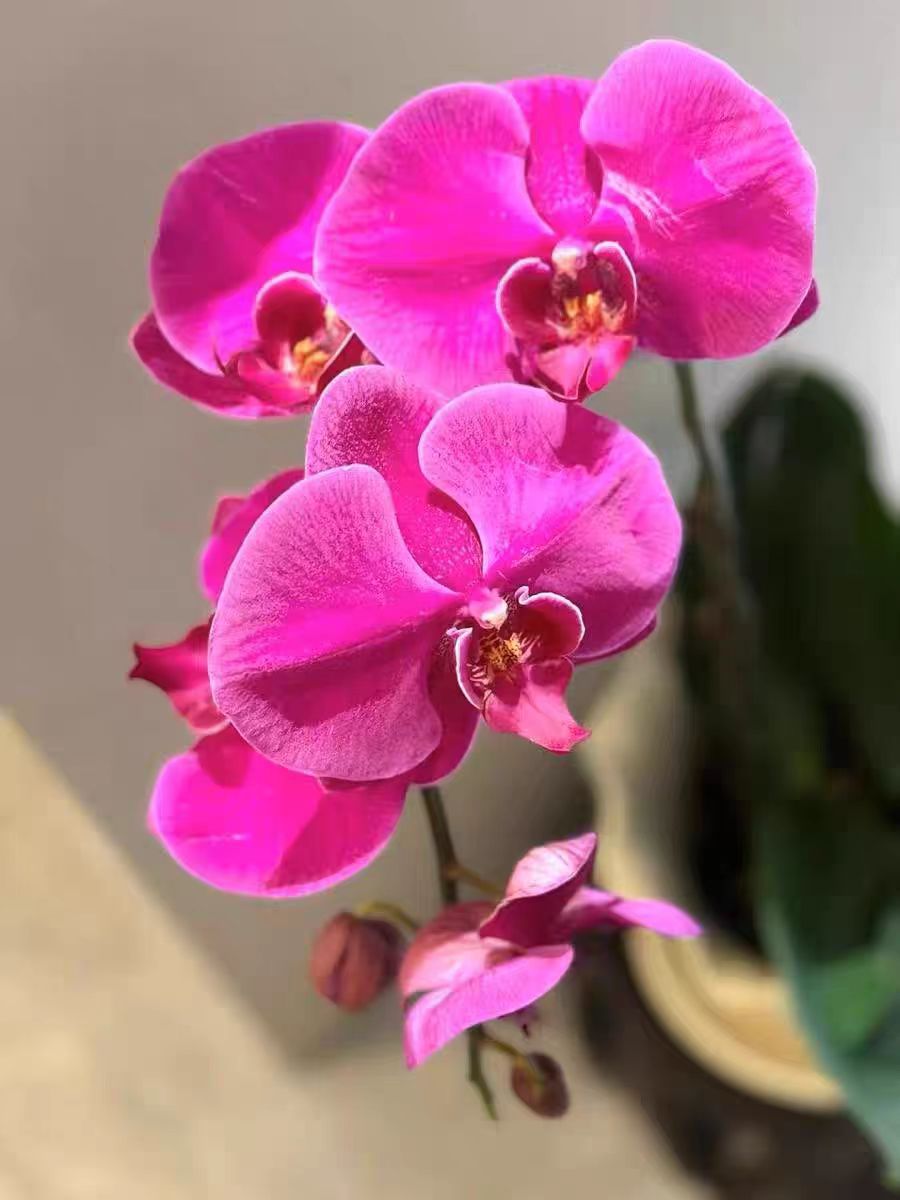Viola cornuta, a small and charming flower, has won the love of many flower enthusiasts with its rich and colorful flower colors and lovely flower shapes.
Viola cornuta belongs to the Viola genus of the Violaceae family and is a perennial herbaceous plant, but it is often cultivated as a biennial or annual plant. Its plants are short and compact, usually ranging from 10 to 30 centimeters in height, with strong branching ability and can form dense flower clusters.
The flower colors of Viola cornuta are extremely rich, including various colors such as red, pink, purple, yellow, and white. There are even bicolor and multicolor varieties. Each flower is like a carefully painted artwork.
So, when is the most suitable time to sow Viola cornuta seeds? Generally, Viola cornuta can be sown in autumn and spring. Autumn sowing is suitable from late August to early September. After going through the low-temperature vernalization in winter, Viola cornuta can bloom in early spring of the following year and has a long flowering period. Spring sowing can be carried out in February to March, but the flowering period of spring sowing is relatively short.
The planting and maintenance methods of Viola cornuta.
In terms of soil, Viola cornuta likes loose, fertile, and well-drained soil. It can be mixed and prepared with leaf mold, peat soil, and perlite to ensure the soil's permeability and fertility.
Light is crucial for the growth of Viola cornuta. It likes sufficient sunlight, but needs appropriate shading during high summer temperatures to avoid direct strong light causing leaf burns.
Watering should be appropriate to keep the soil moist but not overly wet. During the growth season, the watering frequency needs to be increased, but water accumulation should be avoided. The root system of Viola cornuta is relatively shallow and is not tolerant of waterlogging, so be especially careful when watering.
In terms of fertilization, Viola cornuta needs regular fertilization during the growth period. A thin compound fertilizer can be applied every 1 - 2 weeks to provide sufficient nutrients.
The pests and diseases of Viola cornuta are relatively few, but still need to be prevented. Common diseases include powdery mildew and gray mold, which can be prevented by regularly spraying fungicides.
During the maintenance process, it is also necessary to timely prune the spent flowers and dead branches to promote the growth of new flowers and keep the plant neat and beautiful. Spent flowers not only consume the plant's nutrients but may also affect the overall aesthetic appearance.
When is the most suitable time to sow the seeds of Viola cornuta?

Share with
Tagged in :




Leave a Reply